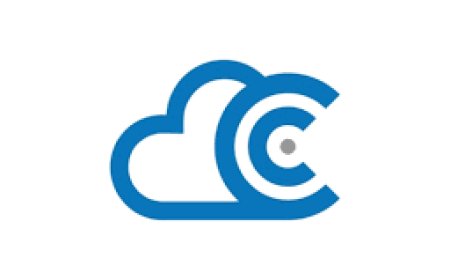What Are the Best Practices for Web Application Penetration Testing?
Our managed safety services keep your business safe with 24/7 monitoring and quick response to threats. We also perform vulnerability assessments and help with compliance.

Your web application is like a digital fortress. But unlike those medieval days when attacks were pretty static, nowadays, the threats change from day to day. Web app penetration testing is searching not really for bugs but for secret doors that attackers use to enter your digital kingdom.
While external vulnerability scanning tries to identify the weaknesses on the surface, web application penetration testing goes down into the application layer, where the real treasure lies. This targeted approach is aimed at vulnerabilities that generic network scans often miss.
Start with Proper Planning
Every successful web application test begins with understanding your target. Map out all application components first:
-
User interfaces and admin panels
-
API endpoints and web services
-
Database connections and file uploads
-
Third-party integrations
Define your scope clearly. Are you testing a single application or an entire web ecosystem? Set boundaries early to avoid accidentally testing systems outside your permission.
Focus on Critical Application-Layer Vulnerabilities
Web applications hide dangers in places you'd never expect. The OWASP Top 10 gives you the map, but real-world testing often extends beyond checklists.
With Cross-Site Scripting (XSS) attacks, user browsers are targeted using malicious scripts. Test all input fields, search boxes, and comment forms. Can you inject JavaScript to steal user sessions? Even a simple alert box proves the existence of a vulnerability.
SQL Injection still remains the king in web application attacks. Every database query is a potential entryway. Test login forms, search functions, and URL parameters. Are you able to retrieve sensitive data or circumvent an entire authentication mechanism?
Cross-Site Request Forgery (CSRF) tricks users into unintended actions. Test if the application validates requests. Can you force users to perform actions like changing passwords or transferring funds unbeknownst to them?
Dig Deep into Business Logic Flaws
The most dangerous vulnerabilities hide in plain sight. Business logic flaws exploit how applications were designed to work, not how they fail to work.
Test payment flows thoroughly. Can you purchase items for negative amounts? Skip payment steps entirely? Manipulate quantities after checkout?
Authentication bypasses often lurk in forgotten corners. Test password reset functions account recovery flows, and multi-factor authentication. Sometimes, the "forgot password" link opens doors that strong passwords can't close.
Master Session Management Testing
Sessions are the keys to your application kingdom. Weak session management turns every user into a potential security risk.
Test session timeout behavior. Do sessions expire appropriately? Can users access accounts after logout? Proper session management prevents unauthorized access even when devices are compromised.
Check session token generation. Are tokens predictable? Can you hijack other users' sessions? Test in different browsers and devices to identify inconsistencies.
API Testing Unlocks Hidden Vulnerabilities
Modern applications live and breathe through APIs. These invisible pathways often lack the security controls that protect traditional web interfaces.
Test API endpoints for proper authentication. Can you access restricted data without valid credentials? Many APIs trust internal requests too much.
Check rate limiting and input validation. Can you overwhelm the API with requests? Submit malformed data that crashes the application. APIs often process data differently than web forms.
Exploit Authentication and Authorization Weaknesses
Authentication asks, "Who are you?" Authorization asks, "What can you do?" Both questions need rock-solid answers.
Test privilege escalation paths. Can regular users access admin functions? Horizontal privilege escalation lets users access other users' data, equally dangerous but often overlooked.
-
Test password complexity requirements
-
Verify account lockout mechanisms
-
Check for default credentials
-
Test multi-factor authentication bypass methods
Document Everything That Matters
Your findings are worthless if stakeholders can't understand them. Transform technical discoveries into business risks.
Screenshot every successful exploit. Show the actual impact, not just theoretical possibilities. A picture of extracted customer data speaks louder than vulnerability scanner output.
Provide clear remediation steps for each finding. Don't just say, "Fix XSS vulnerability."
Explain exactly how to implement proper input validation and output encoding.
Continuous Testing Creates Lasting Security
Security isn't a one-time achievement; it's an ongoing journey. Applications change constantly through updates, new features, and infrastructure modifications.
Schedule regular web application assessments. Monthly testing catches issues before they become breaches. Integrate security testing into your development pipeline for maximum protection.
Don't Let Hackers Play Chess While You're Playing Checkers
Your web application is bleeding vulnerabilities right now. A hacker sits in a dimly lit room, dissecting your code like a digital surgeon. Where you see features, they see opportunities. Where you see protection, they see pathways.
Ready to discover what attackers see when they target your web applications? Schedule a comprehensive penetration test that goes beyond surface-level scanning to reveal the vulnerabilities that matter most.
Because in cybersecurity, you're either the hunter or the hunted.








































